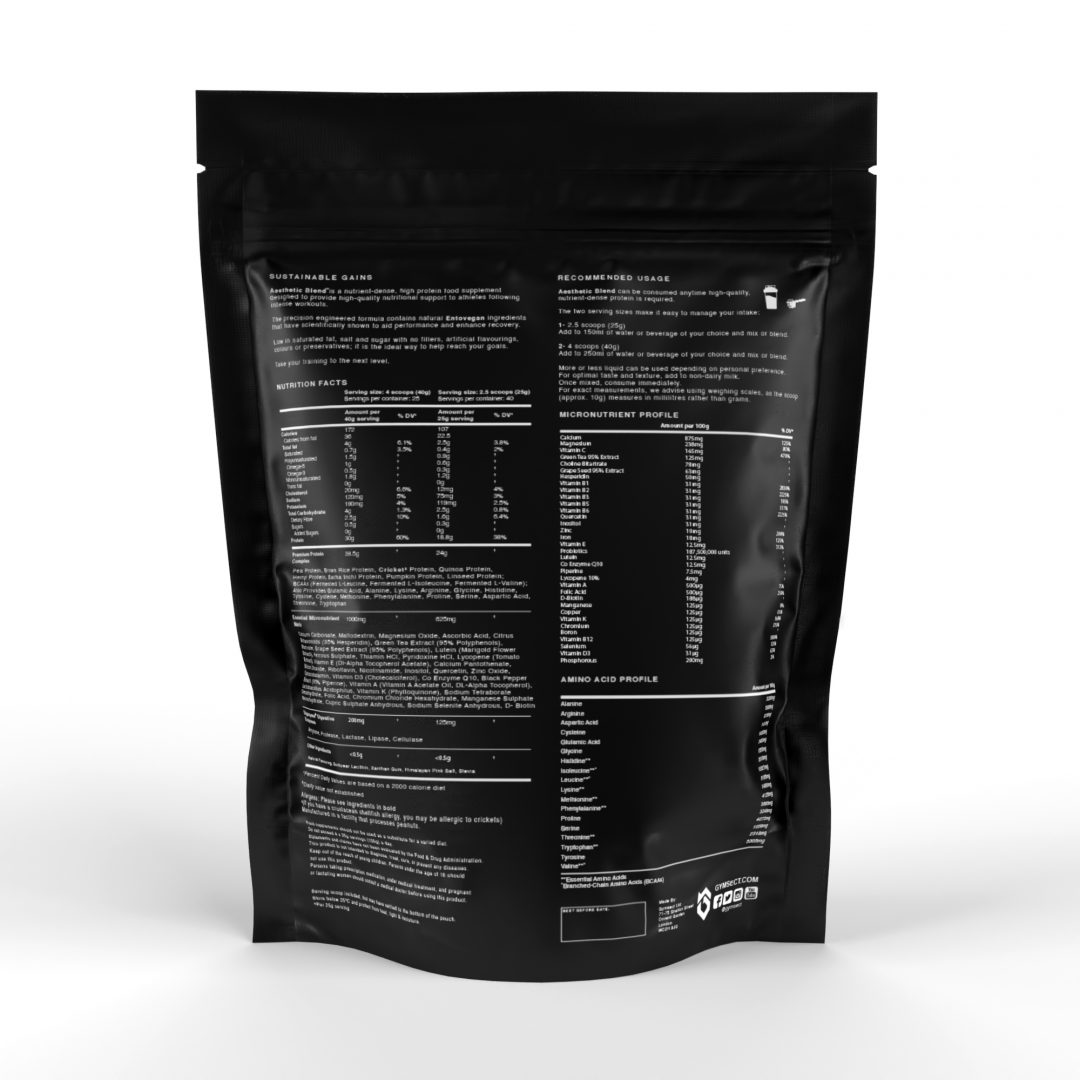In the vast expanse of human history, food has always been central to our survival, culture, and progress. However, as we step into an era marked by rapid population growth, climate change, and dwindling resources, our relationship with food faces unprecedented challenges. The global food crisis is not a distant spectre; it’s a looming reality. With millions already undernourished and projections suggesting a global population of nearly 10 billion by 2050, the question arises: How will we feed the world without further degrading our planet? The answer might lie in reimagining our protein sources, and crickets are emerging as a promising solution.
- Understanding the Crisis:
The global food crisis is a complex issue, influenced by a myriad of interconnected factors:
- Population Surge: The world’s population is expected to reach close to 10 billion by 2050. This exponential growth means more mouths to feed, intensifying the demand on our already strained food systems. Urbanization further complicates this, as more land is used for housing and infrastructure, reducing the area available for agriculture.
- Climate Catastrophe: Global warming and its associated impacts are no longer predictions; they are our current reality. Rising temperatures affect crop yields, while unpredictable weather patterns can lead to crop failures. Droughts, floods, and changing rainfall patterns disrupt both plant and livestock farming, leading to reduced food availability and increased prices.
- Land and Water Depletion: As the human footprint expands, arable land becomes scarcer. Over-farming degrades soil quality, making it less productive over time. Simultaneously, freshwater sources are under threat. Agriculture, especially livestock farming, consumes vast amounts of water, and as these sources are depleted, water becomes a limiting factor in food production.
- Overfishing and Ocean Health: Oceans, covering over 70% of our planet, have always been a vital source of food. However, unsustainable fishing practices have led to declining fish populations. Furthermore, ocean acidification and pollution further threaten marine ecosystems and their ability to provide food.
- Why Crickets?:
Crickets, and insects in general, present a compelling solution to many of the challenges mentioned above:
- Resource Efficiency: Crickets are incredibly efficient at converting feed into protein. This means they require less food, to begin with, reducing the strain on resources. Their water requirements are minimal, especially when compared to traditional livestock like cattle.
- Minimal Environmental Footprint: Cricket farming produces a fraction of the greenhouse gases that traditional livestock farming does. This makes it a more environmentally friendly option, especially crucial in our current climate crisis.
- Nutritional Excellence: Crickets are a nutritional goldmine. They’re packed with high-quality protein, essential amino acids, and vital micronutrients like iron, zinc, and B vitamins. Their fatty acid profile is also commendable, with a good balance of omega-3 and omega-6.
- Cultural Acceptance and Tradition:
Insects have been a part of human diets for millennia:
- Global Culinary Traditions: From Asia to Africa, insects are consumed as delicacies and everyday foods. In Thailand, for instance, fried crickets are a popular street food. In many African cultures, insects like locusts and termites are traditional foods, consumed for their taste and nutritional value.
- Overcoming the ‘Yuck’ Factor: While Western cultures might initially be hesitant, the global precedent shows that acceptance is more about exposure and presentation than the food source itself. As cricket-based products become more mainstream and are incorporated into familiar foods, acceptance is likely to grow.
- Economic Viability:
Cricket farming presents not just an environmental or nutritional solution but also an economic opportunity:
- Lower Production Costs: The efficiency of crickets means that the costs associated with feed, water, and land are reduced. This can translate to more competitive pricing for cricket-derived products.
- Job Creation: As the industry grows, there’s potential for job creation across the supply chain – from farming to processing to sales.
- Market Potential: With increasing awareness of sustainability and health, there’s a growing market segment eager for eco-friendly, nutritious products. Cricket-based products can cater to this niche, which is likely to expand in the coming years.
- Innovations and Advancements:
The field of cricket farming and processing is ripe for innovation:
- Technological Advancements: Modern farming techniques can optimize cricket growth, reduce resource usage, and maximize yield. Innovations in processing can lead to a wider variety of cricket-based products, from flours to snacks.
- Product Development: Brands like Gymsect are pioneering the way in creating products that are not only nutritious but also palatable to a global audience. By incorporating cricket protein into familiar products, they’re making it easier for consumers to integrate it into their diets.
- Research and Development: As the industry grows, there’s potential for more research into optimizing cricket nutrition, understanding their health benefits further, and developing new products that cater to diverse consumer needs.
As we delve deeper into these aspects, it becomes evident that sustainable cricket protein isn’t just a fleeting trend. It’s a well-rounded solution to some of the most pressing challenges of our time. Gymsect is at the forefront of this revolution, shaping the future of food.






